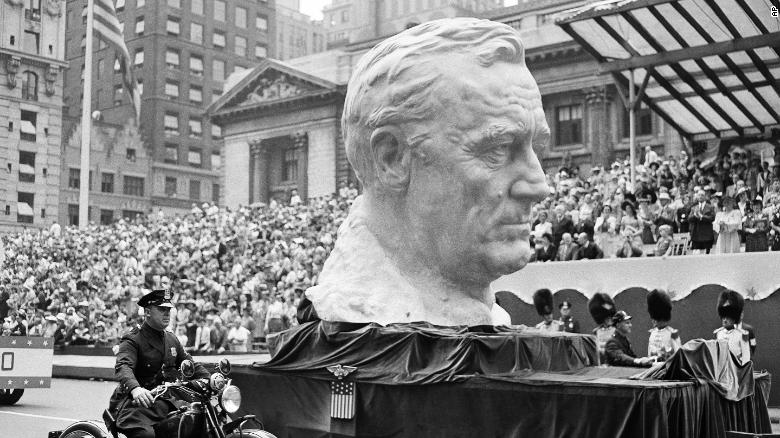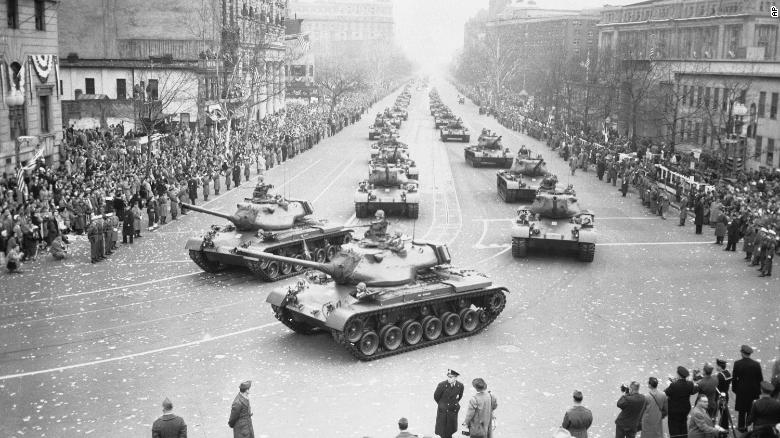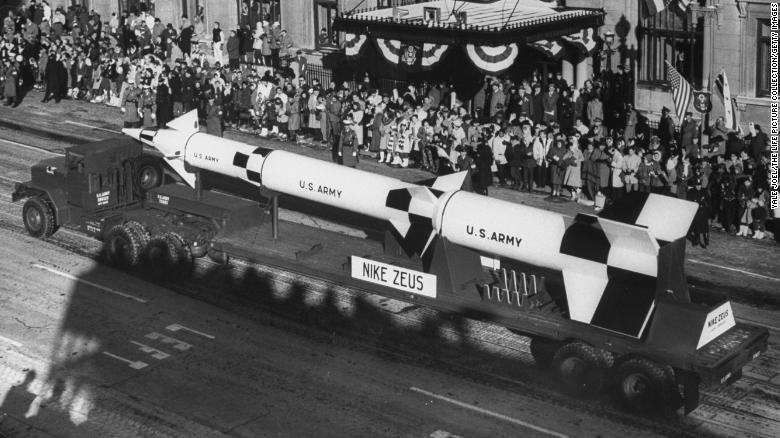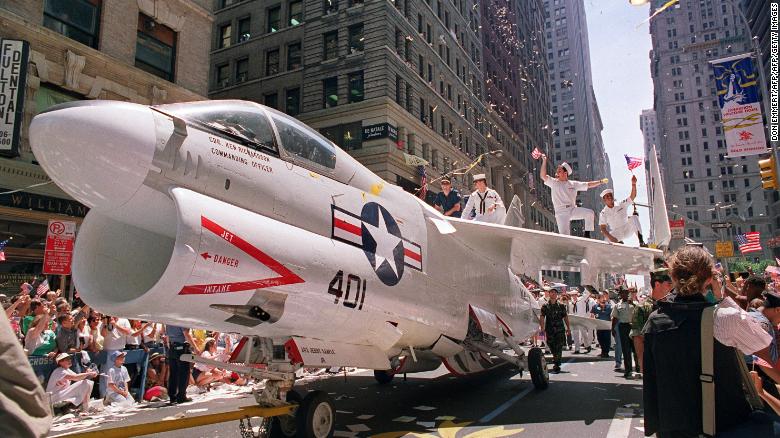President Trump orders Pentagon to prepare for military parade; here's what it could look like
WASHINGTON (AP/CNN) — The White House is pushing ahead with the idea of throwing a grand parade to honor U.S. armed forces, brushing aside Democratic criticism.
In response to Sen. Dick Durbin's comment that such a parade would be a "fantastic waste of money," White House legislative director Marc Short tells MSNBC: "I'm not sure honoring the military is a waste of money."
Short says it's too early to know how much the parade would cost.
White House press secretary Sarah Huckabee Sanders confirmed Trump's request for a parade on Tuesday. She says Trump wants the Pentagon to "explore a celebration" that would allow Americans to show appreciation for the military.
A Pentagon spokesman, Charlie Summers, says Pentagon officials are aware of the request and are "looking at options."
Here are some of the past military parades the United States has done.
1942, 1946: New York parades
Crowds of people filled the streets of New York to witness the city's "At War Parade" on June 13, 1942. It was a major display of solidarity for US troops who had entered World War II.
For nearly 11 hours, civilians and service members marched in front of more than 2 million spectators lining the streets.
In 1946, another military parade was held in New York to celebrate the Allied Powers' victory over the coalition of Axis Powers in World War II.
More than 10,000 soldiers with the 82nd Airborne Division participated alongside dozens of tanks and other military hardware.
1953: Eisenhower's inauguration
Remembered as the longest in American history, President Dwight Eisenhower's first inauguration parade featured 73 bands, 59 floats and plenty of military assets.
After waving to the cheering crowds, Eisenhower got a firsthand look at what was then considered one of the most devastating pieces of American artillery -- an 85-ton atomic cannon that could fire a shell 20 miles.
In 1957, the crowds once again returned to Washington for Eisenhower's second inauguration -- and so did the tanks.
About 750,000 people stood along the three-mile route as thousands of troops marched around the capital with hardware on display, including the 69-foot-long Redstone -- the first ballistic missile successfully fired by the US.
1961: Kennedy's inauguration
Since John F. Kennedy's inauguration took place in the middle of the Cold War, it wasn't surprising to see dozens of missiles paraded in front of the world, including the Nike Zeus -- the Army's first missile designed to intercept ballistic missiles.
Kennedy waved to marching soldiers and sailors aboard enormous Navy boats being towed down Pennsylvania Avenue. The boats resembled a vessel he commanded during World War II that was rammed by a Japanese destroyer.
1991: Gulf War Victory Parade
The last major military parade in the US marked victory in the Gulf War in 1991, under President George H.W. Bush.
Near-daily tributes were held across the US to welcome home troops who were part of Operation Desert Storm, but New York and Washington held the biggest celebrations.
In Washington, armored vehicles and missile systems rolled by as stealth fighter planes flew above. An estimated 200,000 people filled the streets.
It was considered the biggest military celebration since the end of World War II.





